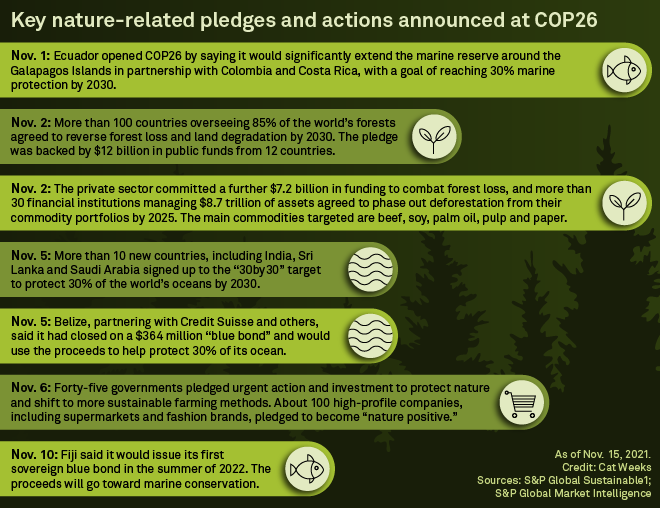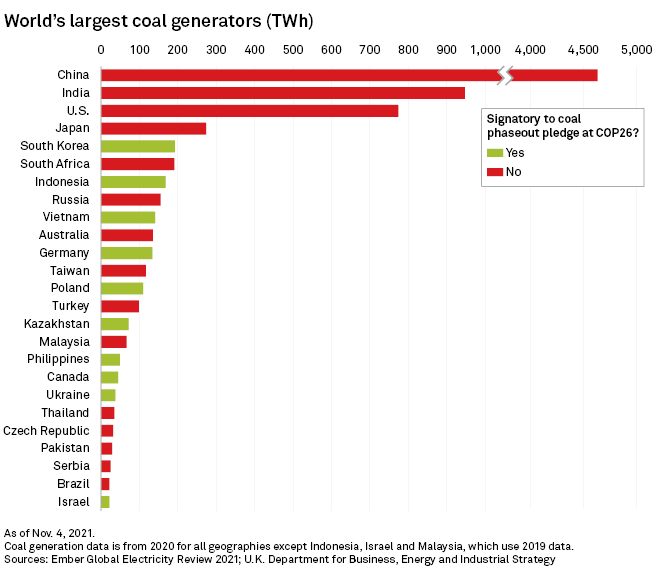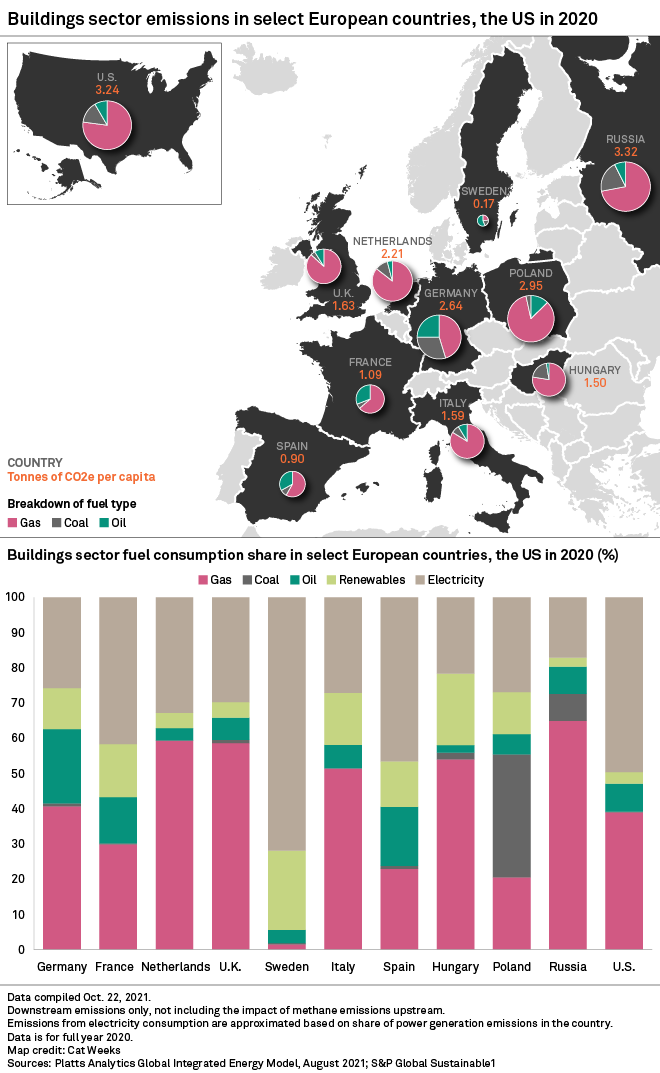The COP26 climate conference in Glasgow has ended and while we saw progress in some areas such as shifting away from fossil fuels, tackling methane emissions, and protecting nature and biodiversity, the world still has a long way to go in the years ahead. Here, we present our five key takeaways from COP26 on progress made and areas that still need work.
1. Public funding and private financing must connect: Financial institutions representing trillions of dollars have committed to tackle climate change but getting that money to the right place remains a huge challenge. The vast majority of private sector climate financing today is going to developed countries and proven technologies even though early-stage technologies and developing markets will need some of the biggest investments to limit global warming to 1.5 degrees Celsius, or 2.7 degrees Fahrenheit.

2. An Article 6 win: Countries reached a deal on Article 6 of the Paris Agreement, which will govern international carbon markets and ensure emissions reductions are not double counted among countries. The agreement could also foster growth in voluntary carbon markets where companies buy carbon credits to help meet their net zero goals.
3. Nature gets its due: Pledges to preserve or restore nature as part of addressing climate change garnered more attention at COP26 than in past years, particularly on the issue of stopping deforestation. More than 100 countries, including Brazil, China, Russia and the U.S. pledged to end deforestation by 2030. And more than 30 financial intuitions with more than $8.7 trillion in assets under management committed to phase out deforestation from their commodity portfolios by 2025.

4. Climate commitments require more accountability: We saw progress at COP26 in terms of government agreements and private sector pledges, but accountability needs to be strengthened. For example, we saw an agreement among nearly 200 nations to “phase down” unabated coal-fired power plants and most fossil fuel subsidies while at the same time pledging to set more ambitious emission reduction targets just a year from now, instead of in a handful of years when the next set of country pledges are due. But countries need to follow through on those commitments with related policies and programs, and companies and investors need consistent standards for tracking progress toward those pledges.

5. A focus on buildings’ carbon intensity: While much of the focus at COP26 was on moving away from fossil fuels, emissions from the buildings sector remain a key challenge that have yet to be fully addressed at the government or even private sector level. Existing buildings and new construction are the source of nearly 40% of global energy-related carbon emissions and use up half of all extracted materials, according to the World Green Building Council, a U.S. nonprofit group. But knowing whether COP26 helped move the needle on this issue will likely become clearer in the coming years as governments move to decarbonize across all aspects of their economy.

This piece was published by S&P Global Sustainable1 and not by S&P Global Ratings, which is a separately managed division of S&P Global.


